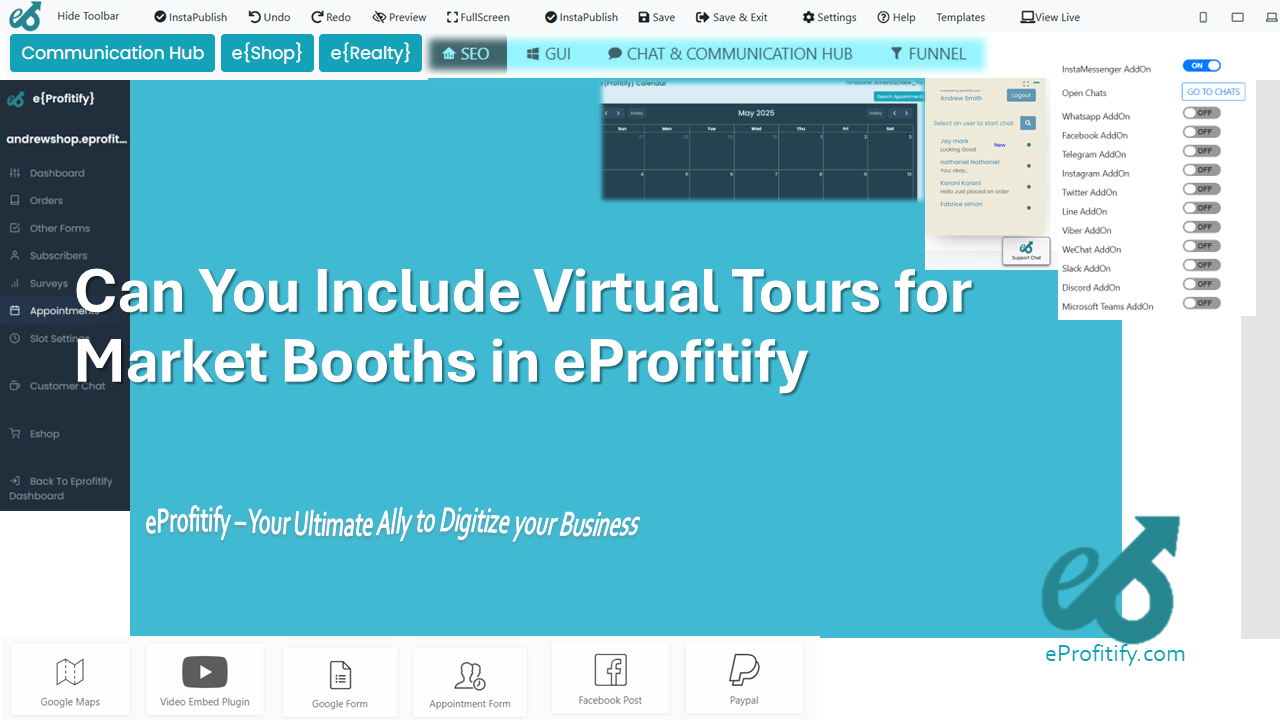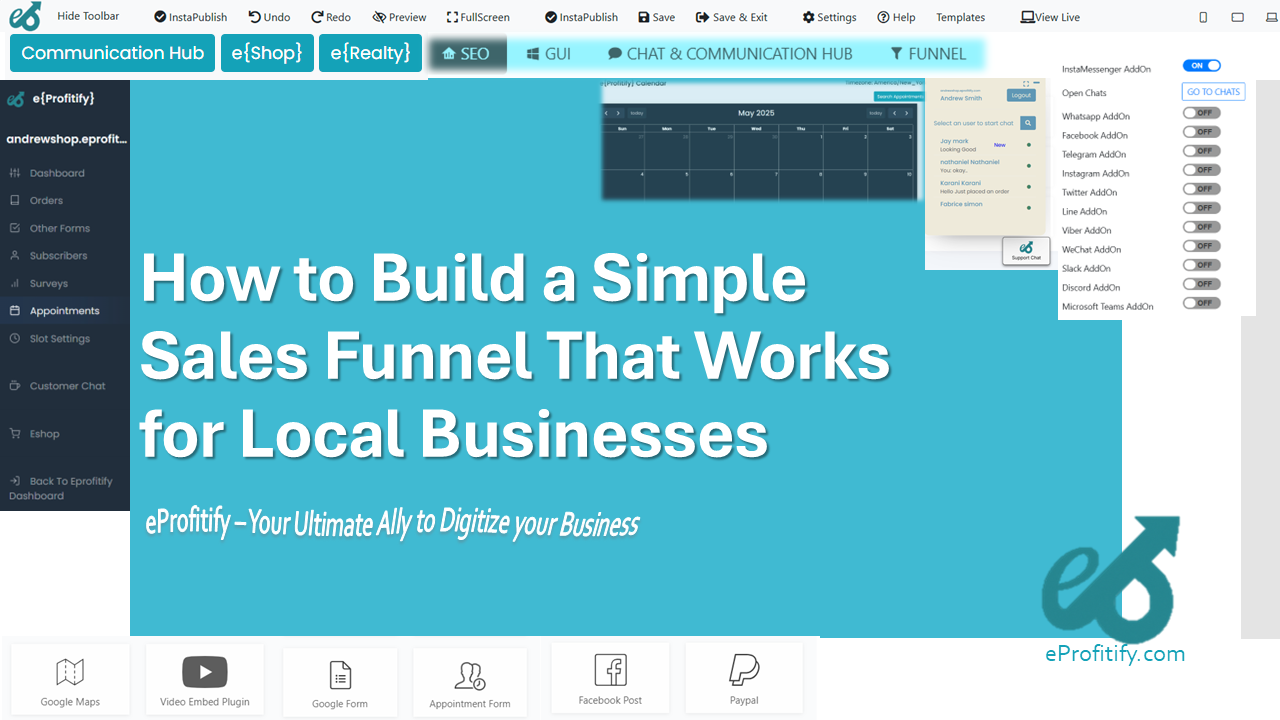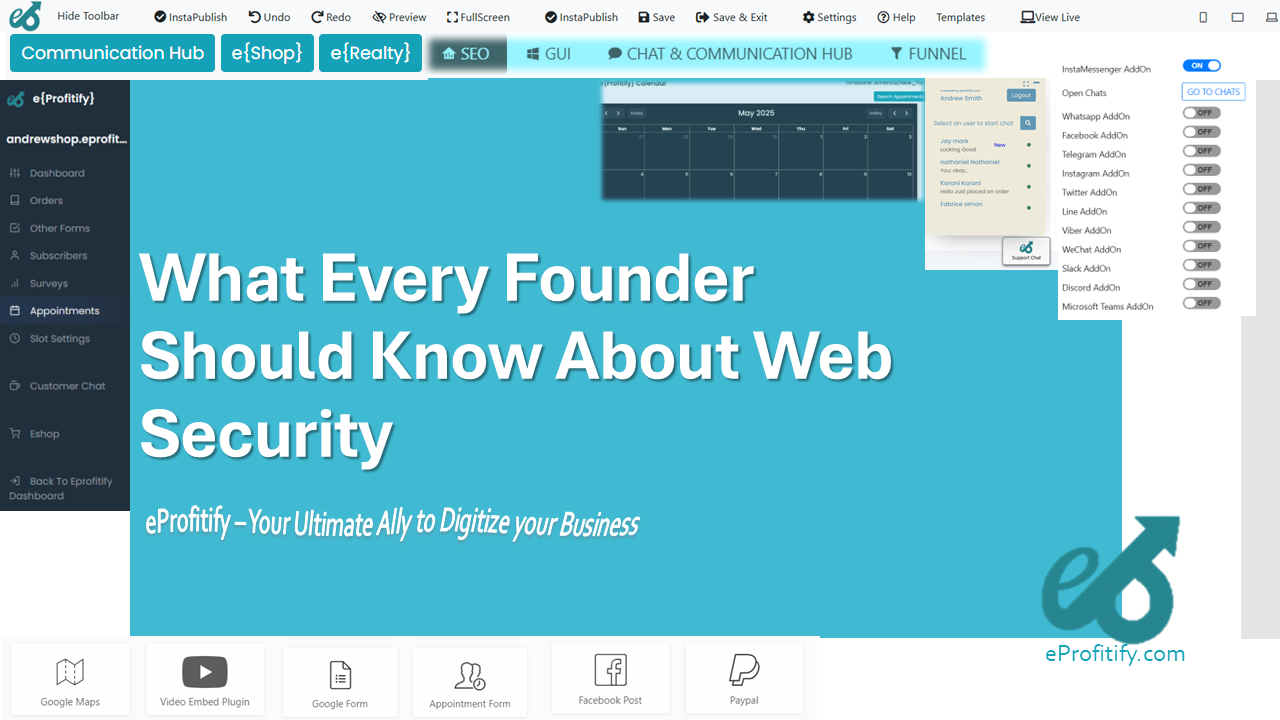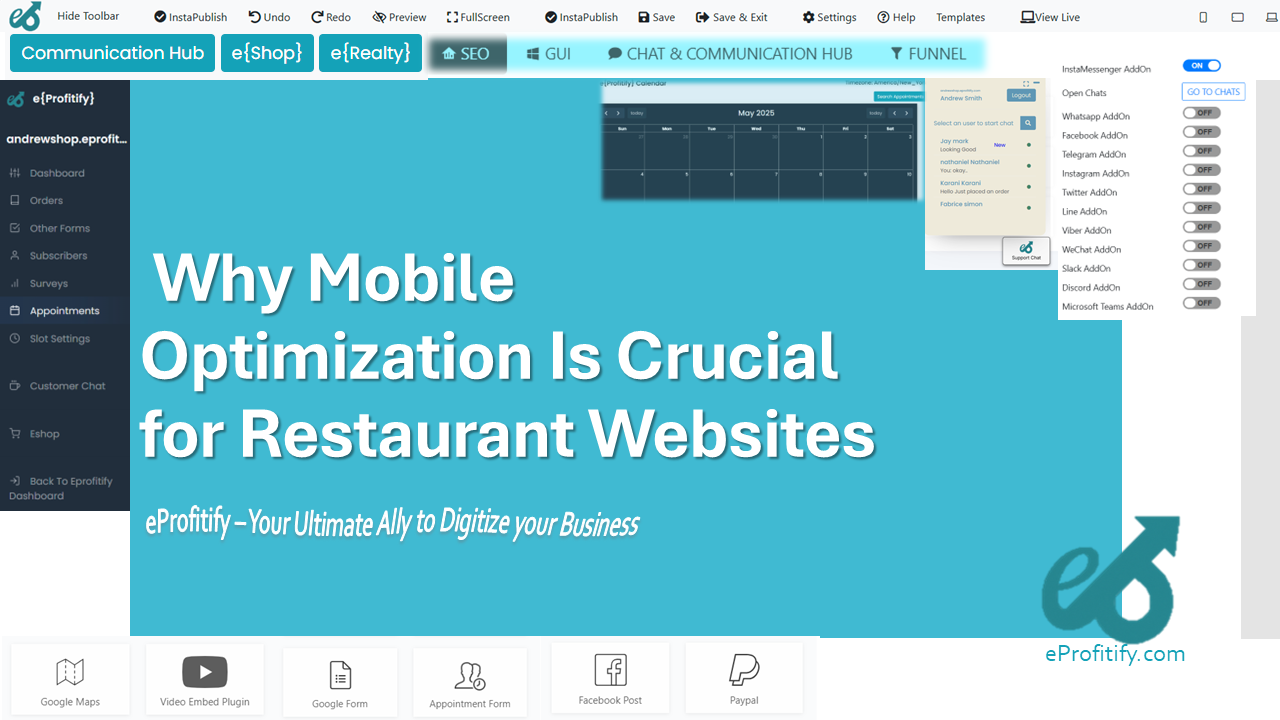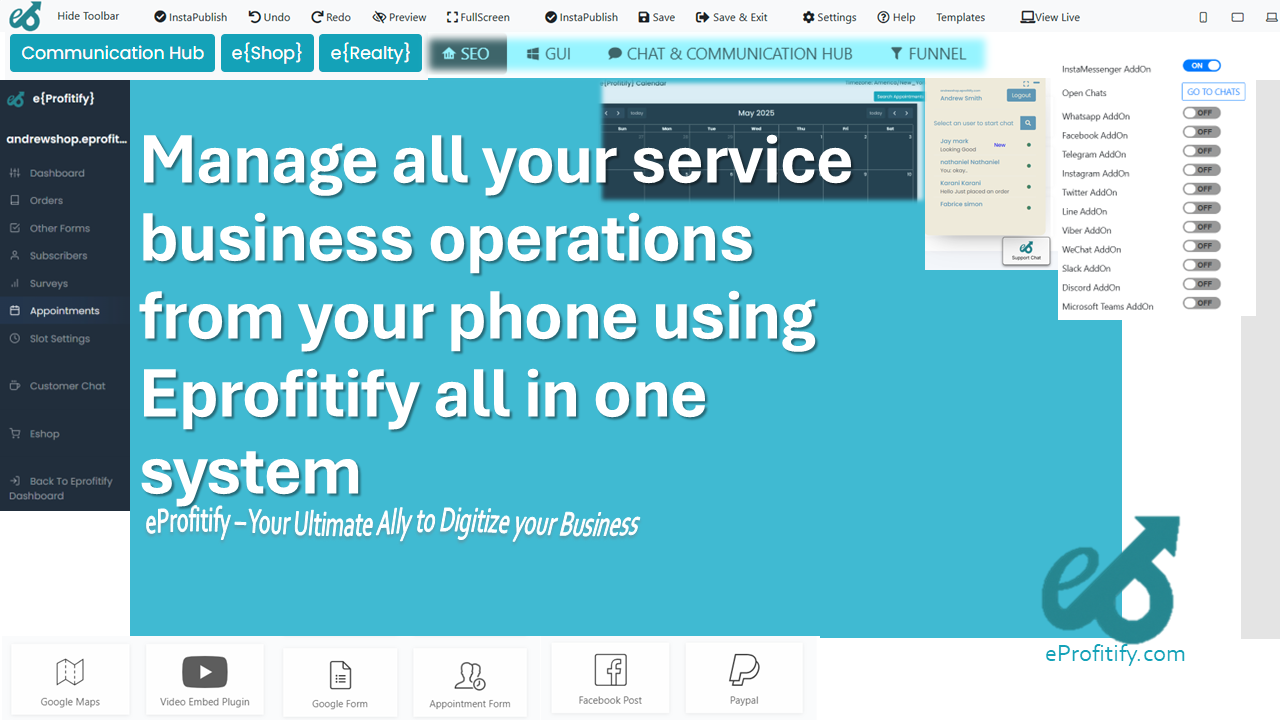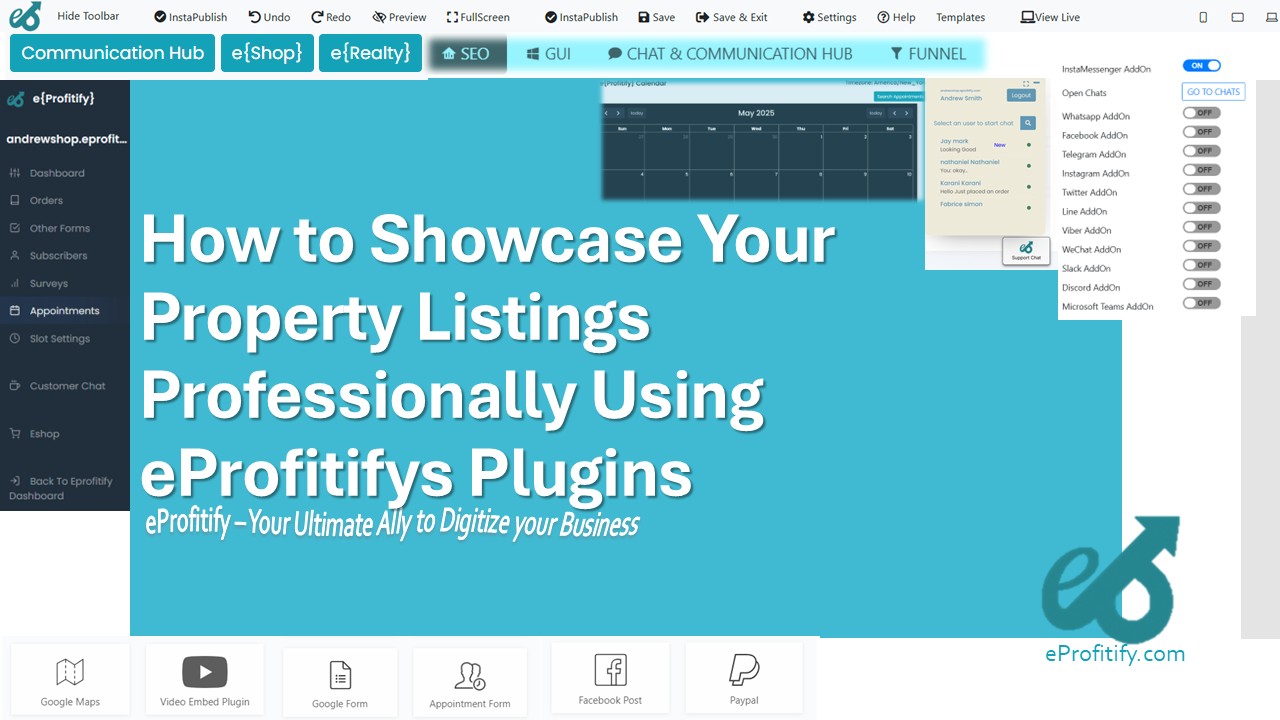How to Customize Signature Order in Multi Signer Agreements
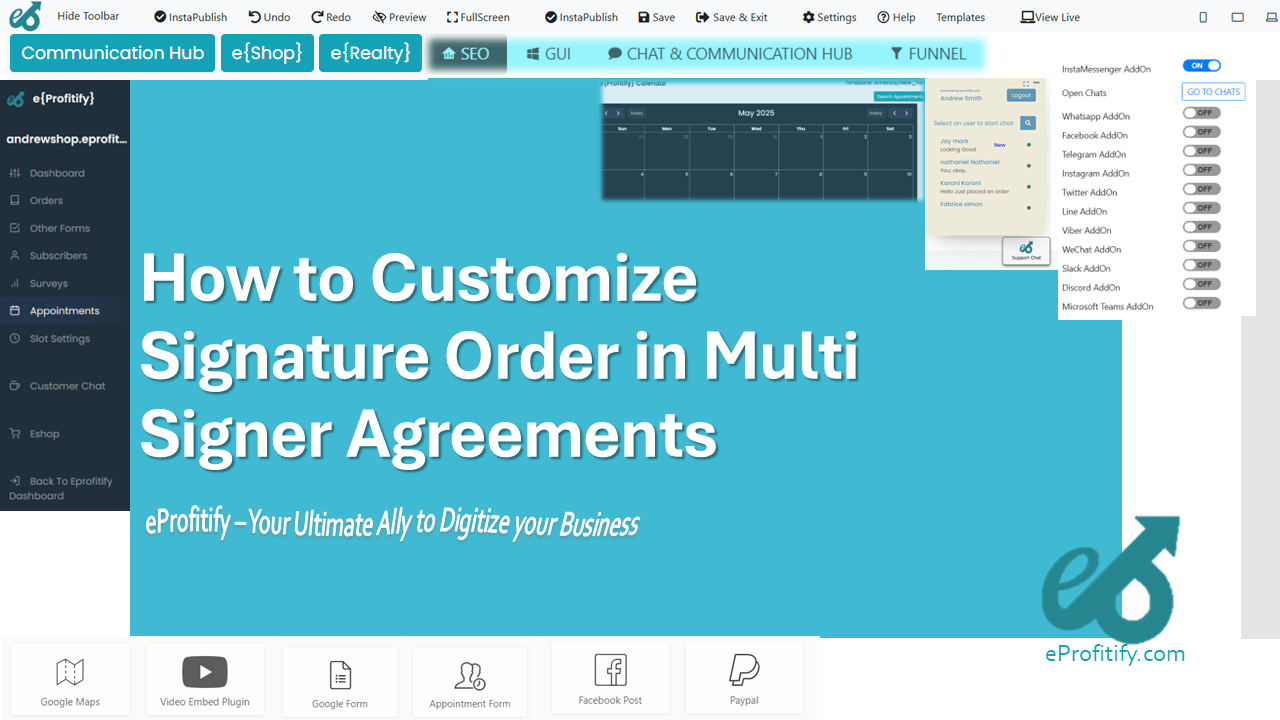
Schedule a LIVE Zoom call with an eProfitify Expert.
In today’s fast-paced business environment, multi-signer agreements are a cornerstone of collaboration, enabling stakeholders to securely finalize contracts, approvals, and deals. However, the order in which parties sign can significantly impact legal validity, workflow efficiency, and accountability. Customizing signature order is no longer a luxury but a necessity for businesses aiming to streamline operations. According to Grand View Research, the global digital signature market is projected to grow at a 26.5% CAGR from 2023 to 2030, reflecting the rising demand for agile, secure document management solutions. Leading platforms like Eprofitify are pioneering this space by integrating advanced signature customization tools alongside features such as CRM, instant messaging, and ecommerce, making them indispensable for modern enterprises.
Choosing the Right Digital Signature Platform
The foundation of seamless signature order customization lies in selecting a platform tailored to organizational needs. Eprofitify stands out as a comprehensive solution, offering intuitive workflows to designate signatory sequences while adhering to compliance standards. With 72% of businesses now prioritizing digital transformation (Gartner), tools like Eprofitify reduce manual errors and accelerate turnaround times. Its instant messaging feature ensures real-time communication between signers, while the CRM module tracks client interactions, ensuring transparency throughout the agreement lifecycle.
Defining the Signing Hierarchy
Establishing a clear hierarchy prevents bottlenecks. For instance, executives may need to sign before department heads to validate approvals. A McKinsey study found that 65% of organizations with structured approval workflows report higher operational efficiency. Eprofitify’s role-based access control allows administrators to assign signing priorities, ensuring stakeholders sign in the correct sequence. The platform’s appointment management system further automates reminders, reducing delays caused by overlooked deadlines.
Sequential vs. Parallel Signing
Businesses must decide whether signers should approve documents sequentially (one after another) or in parallel (simultaneously). Sequential signing is ideal for hierarchical processes, such as board resolutions, while parallel methods suit time-sensitive agreements. Research by DocuSign reveals that sequential routing cuts processing time by up to 40% compared to manual methods. Eprofitify supports both models, letting users toggle between modes based on project requirements.
Legal and Compliance Considerations
Non-compliance with regulations like GDPR or ESIGN can lead to penalties averaging $14.82 million annually (IBM). Eprofitify mitigates risks by embedding compliance checks into its signature workflows. Audit trails, timestamps, and encryption ensure agreements meet global standards, while automated updates keep practices aligned with evolving laws.
Testing and Confirming the Workflow
Before deployment, testing signature sequences prevents errors. Eprofitify’s sandbox environment allows teams to simulate workflows, identifying gaps in real-time. Companies that test digital processes report a 30% reduction in operational hiccups (Forrester).
Real-Time Monitoring and Adjustments
Eprofitify’s dashboard provides visibility into each signer’s progress. If a stakeholder delays, instant messaging facilitates prompt follow-ups. This proactive approach reduces average approval cycles by 50%, as per Aberdeen Group data.
Educating Stakeholders
Training users on customized workflows is critical. Eprofitify’s integrated tutorials and 24/7 support ensure stakeholders understand their roles. A Gallup study notes that organizations with robust training programs see 70% fewer errors in document processing.
Integration with Business Tools
Eprofitify’s ecosystem—encompassing ecommerce, CRM, and analytics—creates a unified workflow. For example, signed contracts can trigger invoice generation in the ecommerce module, while CRM syncs client data for personalized follow-ups.
In conclusion, customizing signature order in multi-signer agreements demands strategic planning, compliance awareness, and robust tools. Eprofitify emerges as a leader, combining signature management with communication, CRM, and automation features to redefine efficiency. As digital adoption accelerates, platforms like Eprofitify will remain pivotal in empowering businesses to thrive in a collaborative, fast-evolving landscape.



